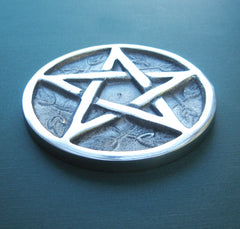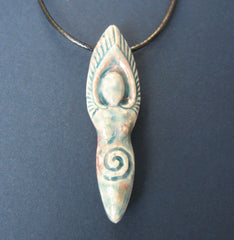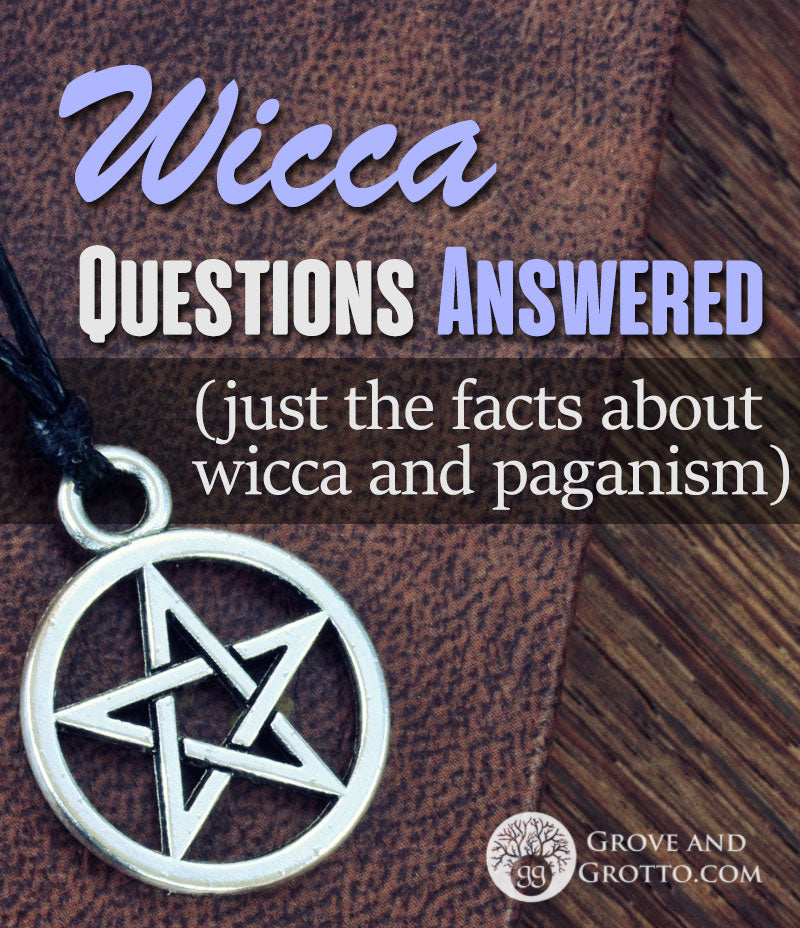
Curious about Wicca and Paganism? You’re certainly not alone! In my almost 20 years as a practicing Pagan, I’ve met lots of people who want to learn more about this small-ish, little-understood religion. Some are interested in joining Wicca (or another Pagan tradition). Some just want to better understand their Pagan friends and neighbors.
Like many Pagans, I started my training under Wiccan teacher before moving onto my own personal path. I’m not a Wiccan myself, but I attend Wiccan rituals and count many Wiccan folks among my friend. This article is my attempt to answer some of the most common questions about Wicca, Paganism, and the relationships between the two forms of belief.
What is the difference between Wicca and Paganism?
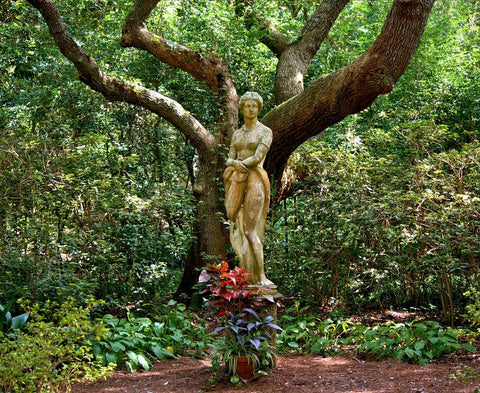
When I tell someone that I’m Pagan, a typical response is, “Oh, so you’re Wiccan?” Wiccan and Pagan mean the same thing to a lot of people. They’re not synonymous, but there is quite a bit of overlap between people who identify as Wiccan and as Pagan.
Simply put, all Wiccans are Pagans, but not all Pagans are Wiccans. Wicca is a denomination or subset of Paganism. Many other religions have branches or denominations. If someone tells you that they are Presbyterian, you can safely assume that they are also Christian. But if someone tells you they are Christian, they may or may not be Presbyterian. The case is similar for Wicca and Paganism.
Wicca is probably the best-known of all modern Pagan religions, but there are many others. Broadly speaking, anyone who believes in more than one god can be classified as Pagan. Norse Heathens, Classical reconstructionists, and Kemetic (Egyptian) Pagans are just a few of the characters you may encounter in Pagan communities. Some people even argue that Hindus are Pagan—in which case, Paganism sheds its minority status among the world’s major religions.
Do all Wiccans practice witchcraft?

Some Wiccans practice witchcraft—perhaps most. But practicing witchcraft is not a requirement of the Wiccan religion. Also, not everyone who practices witchcraft is Wiccan.
Witchcraft is a broad term for a variety of practices, including spellcasting, divination, spirit communication, trance journeying, and many more. Some form of witchcraft has occurred in every known civilization since the beginning of recorded history.
At its heart, witchcraft is about using interactions with the unseen world to effect change on the mundane world. The Witch’s power comes from within his or herself, from Nature, or from allied gods or spirits. Witchcraft may be practiced or part of a religion, or independently—even by non-religious persons. Witchcraft is a morally neutral term. It encompasses hexes and curses as well as benevolent and healing magick.
Wicca teaches that every man and woman has the power to become a Witch through study and practice. Many people are attracted to Wicca because of an interest in witchcraft. I’d venture—based on purely anecdotal evidence, of course—that most Wiccans do practice some form of witchcraft.
However, the core rites of Wicca are devotional practices that are not necessarily witchcraft. Wicca emphasizes respect for Nature, connection with the Gods and ancestors, and ethical behavior over psychic training. Learning spellwork and divination are really a secondary part of most Wiccan paths.
Here’s where it gets complicated. Both “Wicca” and “witch” share the same linguistic root word, an old Anglo-Saxon term meaning “wise one.” Any adherent of Wicca may called herself a Witch—whether or not she practices witchcraft. (A male Wiccan is also called a Witch.) Some Wiccans capitalize the word “Witch” to emphasize that it is a religious affiliation, not just a description of their behavior.
Where did Wicca come from?
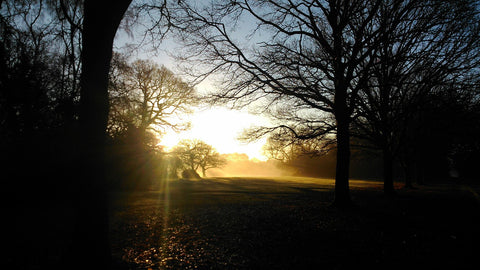
Wicca was first named and described by an Englishman named Gerald Gardner. In the 1930s and 1940s, Gardner began assembling a group of practicing Witches into what ultimately became the Bricket Wood Coven. He initiated several priestesses, including High Priestess Doreen Valiente, who collaborated with Gardner to develop the Wiccan liturgy.
Gardner wrote down the main rituals of Wicca in his published books, and in a collection of private papers now known as the Gardnerian Book of Shadows. Gardner claimed that his knowledge of the Wiccan tradition came from a group of witches known as the New Forest coven. He claimed to have been initiated into a British tradition of witchcraft stretching back to pre-Christian times. The tradition he called Wicca had supposedly been alive for centuries, kept underground by Britain’s anti-witchcraft law.
Some people buy this explanation, while some people believe that Gardner fabricated or embellished his stories about the New Forest coven. There is very little evidence for an unbroken tradition of British witchcraft before the 1930s. And it’s clear that the Gardnerian corpus is heavily influenced by English Freemasonry, the Hermetic Order of the Golden Dawn, the field of cultural anthropology, and the famous magician Aleister Crowley (of whom Gardner was an associate).
Even if there’s no truth at all to Gardner’s claims of an ancient tradition, Wicca is now around 80 years old, at least, with many branches and offshoots. The oldest branch of Wicca is called Gardnerian Wicca. Gardnerians attempt to follow Gardner’s rituals and instructions as near as possible to how they were written down. Some Gardnerian groups claim a lineage stretching across a chain of initiations to Gardner himself.
Despite Gardner’s historical importance in the modern witchcraft revival, he does not occupy a lofty position in the Wiccan belief system. Wicca has no holy book, no prophets, and no written dogma. Gardner’s title within Wicca is simply “Witch”—the same as any other Wiccan initiate.
What do Wiccans believe?

Wiccan beliefs are so diverse that any list of Wiccan beliefs is certain to be incomplete. The following is my attempt to summarize Wiccan tenets in a few paragraphs:
Central to Wiccan beliefs is a reverence for nature. The Wiccan liturgical calendar is based on the movement of the sun and moon. Wiccan observe eight seasonal rites based on the annual cycle of the sun. They are called Sabbats, and are evenly distributed throughout the solar year. There are also thirteen Esbats per year, and these coincide with the lunar cycles.
Wiccan believe that human beings are not a separate creation, but an integral part of Nature. Wicca emphasizes connection with the plant and animal kingdoms, and with our human ancestors. Wiccans revere the life-giving power of the sun, the generative energy of sex, and the cycles of death and birth. Ritual offerings of food and beverage underscore our dependence on the gifts of nature. Future anthropologists might describe Wicca as a solar fertility religion—but Wiccans will certainly find that hopelessly reductive.
The central Wiccan deity is a Goddess, who may go by many different names. She is often described as a trinity—the Maiden, Mother, and Crone. In Her aspect as Maiden, the Goddess takes a male consort and together they bring forth life. In some versions of Wicca, the God and Goddess are co-equal. In others, the Goddess is clearly primary. The story of the courtship of the God and Goddess, His death, and His subsequent rebirth, is a solar myth tied to the Wheel of the Year.
Wicca has few behavioral codes. Wiccans eschew the concept of sin, instead focusing on ethical behavior and personal responsibility. The Wiccan “Rule of Three” posits that any good or harm released into the world will come back to the sender threefold. Whether they literally believe in the Rule of Three or not, Wiccans strive to heal the world, to grow in wisdom, and to live without harming others.
The Wiccan Rede, “An it harm none, do what ye will,” is sometimes cited as Wicca’s only binding piece of scripture. Not that these eight words are simple to understand. Wiccans can get into heated debates about what exactly is forbidden by the words “harm none.” And attempting to discover and follow one’s will is a magickal quest that can take a lifetime (or several).
While we’re on the topic, Wiccans also have varied beliefs about life after death. Some believe in reincarnation, others don’t. Some Wiccans speak of a heaven called the Summerland, celestial voyages, or journeys through the lands of Faery. (Wiccans don’t accept the concept of Hell or eternal punishment.) Some Wiccans claim to communicate with departed relatives and other spirits, while others don’t believe in the survival of individual consciousness after death.
All of this ambiguity makes Wiccan funerals veeeeerrry interesting. A “reunion with the Mother Goddess” may be the literal hope of the departed person, or just a poetic description of a dirt nap. It’s probably fair to say that Wiccans aren’t that fixated on the afterlife, because it can’t be known for certain. Most focus instead on honoring the gift of life while they’re alive.
Is Wicca an ancient religion? Is Paganism?

This is a question that is not easily answered. It is sure to spark a debate among any gathering of Pagans.
There is a certain perception that an older religion is somehow more legitimate than one that was developed more recently. Right or wrong, this bias affects the religious paths people choose to follow.
Interest in Wicca peaked in the late 1990s, and is now on the decline—that is, according to internet traffic statistics. The internet itself is probably to blame. As the 20th-century origins of Wicca have become more widely known, Pagans have tended to seek out other paths. It’s seen as more credible to be a member of a “real” ancient religion. Or at least, one in which ancient texts are available.
The truth is, there are very few (if any) unbroken occult traditions in the West. We have endured Inquisitions, Enlightenments, Dark Ages, and militant monotheism so widespread it has obscured any legacy of traditional witchcraft. (Except for a few Sicilian grandmas and, perhaps—if we’re feeling generous—a secret coven tucked away in southern England.) Any Western Pagan tradition that claims a continuous lineage of hundreds of years should be regarded with extreme skepticism. Some writers use the term “Neo-Paganism” to make it clear that contemporary Paganism is a revival and not a continuous tradition with the distant past.
Does that mean Neo-Paganism is a modern invention? Not necessarily. Many Pagan practices and beliefs are very old, even if the lineage is not. Pagans hold sacred the same things that would have moved our Stone Age ancestors: The movement of the sun and moon, the cycles of the seasons, the beauty of the natural world, sex, death, and harvest.
Some Pagan rites are inspired by centuries-old practices that we have records of. Some have to be completely re-imagined. The fairest way to describe Neo-Paganism might be to call it a modern religion with ancient roots.
Does Wicca require initiation? Is self-initiation allowed?

Wiccans believe that embracing the calling of a Witch is a personal choice. It cannot be simply inherited or conferred by another person. The power of the Witch is a birthright, but it must be claimed.
Dedication refers to the act of dedicating oneself to a path of Wiccan study. This “trial period” can last any length of time, while a person decides if Wicca is right for them. (A year and a day is the traditional interval.) Initiation is the more formal rite of passage, and involves full commitment to the path of the Witch.
Many Wiccans participate in a dedication ceremony sometime during their journey. Each coven, or group of Witches, may set their own requirements for dedication or initiation. For solitary Wiccans—those who practice without a coven—self-dedication is the norm.
Wiccans disagree on whether self-initiation “counts” as a true initiation. Not all branches of Wicca allow self-initiation—though most Wiccans would grant that it is permissible if a suitable teacher cannot be found. In formal Wiccan traditions, there is a three-degree system, probably inspired by the Masonic degree system. The aspirant must be initiated by an existing priest or priestess. Once the candidate rises to the rank of third degree (High Priest or High Priestess), he or she is eligible to initiate others or to “hive” (form a new coven).
Many covens have secret teachings that are available only to initiates who have reach a certain rank. (As you progress through the degrees, more of the coven’s knowledge is revealed to you.) Others are more open to non-initiates, and some even host rituals for the public. You don’t need to be initiated to participate in an open Wiccan ritual.
What are some of the symbols of Wicca?
The most familiar symbol of Wicca is the pentagram, or five-pointed star. In Wicca, the pentagram represents the four elements (Earth, Air, Fire, and Water) surmounted by Spirit. The pentagram is also a symbol of the microcosm, the human being. Surrounded by a circle, it is called a pentacle and stands for completeness, balance, and perfection.
The pentagram is used as both a symbol of faith and a protective seal. The Wiccan pentagram is usually drawn upright, with the single point at the top. (Despite its frequent appearances in horror movies, the Wiccan pentagram is not a symbol of evil or Satanism.) Many Wiccans identify themselves with a pentagram necklace or tattoo. There are different versions of the pentagram, from the very simple to the very elaborate.
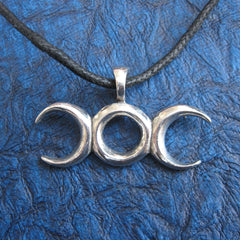
The triple moon is another symbol of Wicca that you may encounter. It is a circle (the full moon) with a waxing and waning crescent, one on either side. The triple moon symbolizes the Triple Goddess, the Maiden, Mother, and Crone. The lunar cycle, in Wicca, is evocative of the cycles of life, death, and birth.
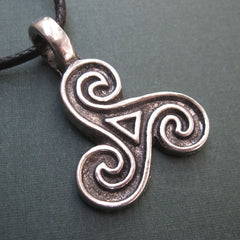
The triquetra and triskele are Celtic symbols dating to pre-Christian times. Wiccans have adopted them, though some Celtic Christians use them, too. Both symbols represent trinities, the cycles of life, and eternity. (The triskele is a triple spiral, and the triquetra is a three-cornered knot. Read more about their similarities and differences.)
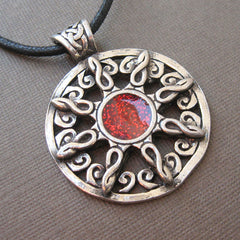
The eight-spoked wheel stands for the Wheel of the Year, and the eight Wiccan Sabbats on the Pagan calendar. The eight-pointed star is a solar symbol dating back to ancient Sumer. Sometimes the symbol will have a solar circle in the center, representing the constancy of Earth’s sun.
The spiral Goddess is usually shown nude with her arms stretched over her head. A spiral at Her belly represents Her infinite power of creation. The faceless, bare-breasted goddess is an echo of the fertility objects that have been found at many archeological sites around the world.
Like this article? Soak up more Pagan knowledge in the archive!

